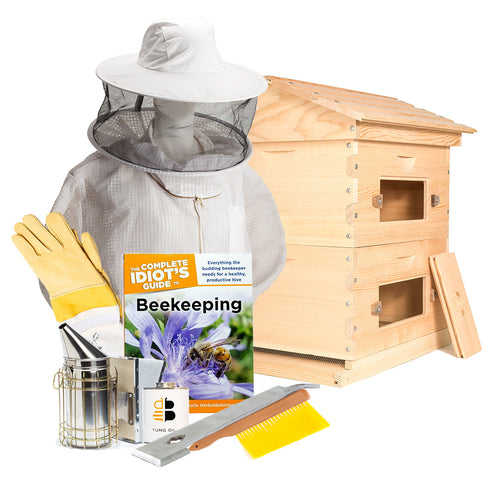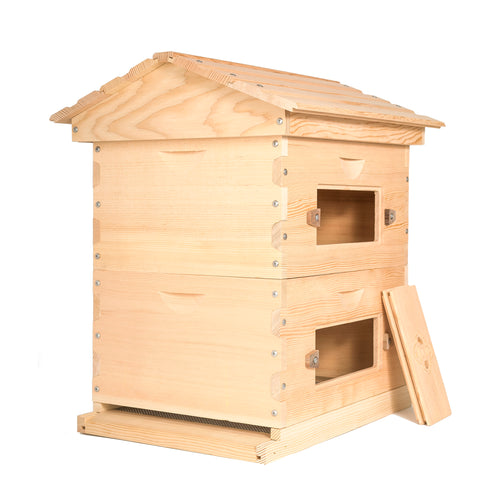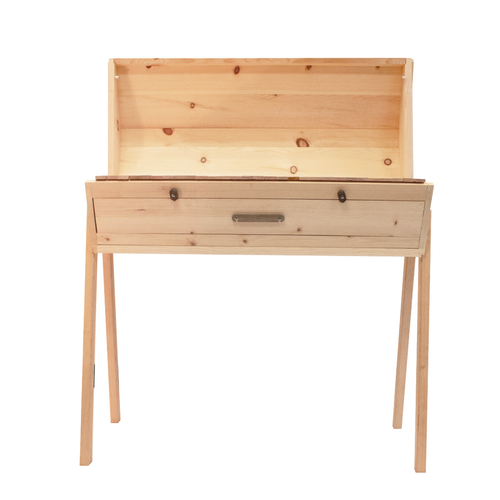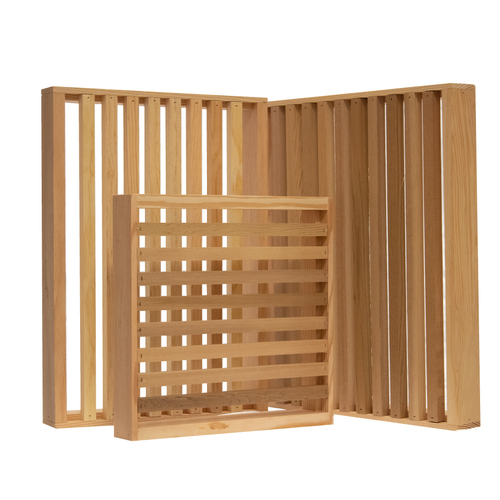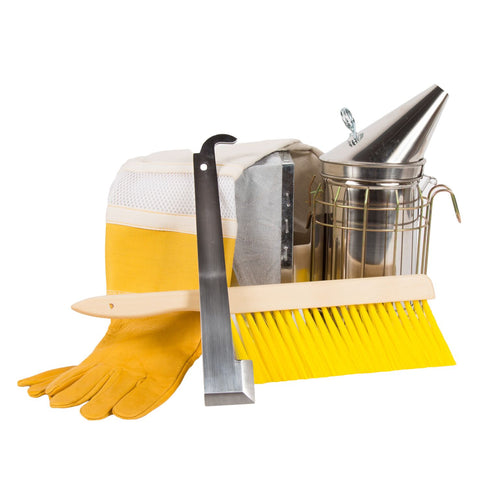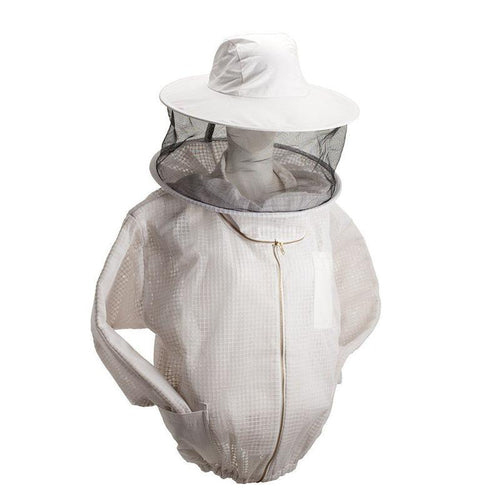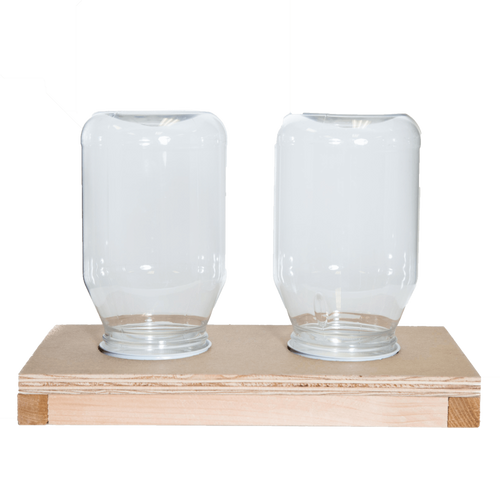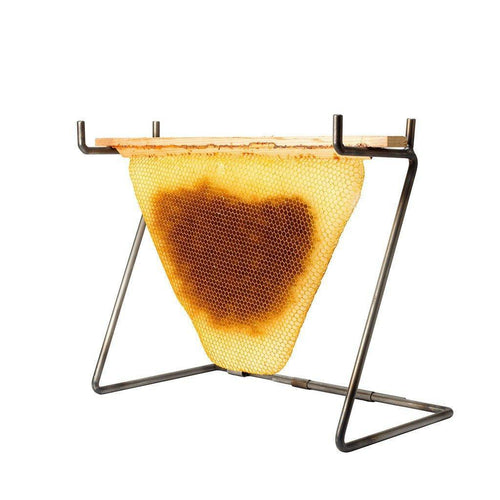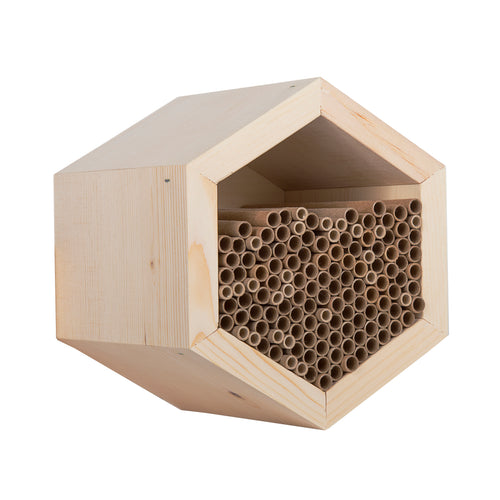Beehive placement
The idealistic beekeeper's checklist includes the following criteria for hive placement outlined below. Many hobbyist and urban beekeepers, however, don't have a location that meets all of these requirements. Never fear! We've encountered numerous feral colonies thriving in locations that don't meet ANY of these requirements.
That being said, below are some guidelines for choosing the ideal spot for your hive.
safety
When working with thousands of stinging insects, your first consideration should always be safety. Place your hive somewhere with low foot traffic around hive entrances. If you find that people are fearful, we recommend placing the hive out of sight behind a visual barrier. Most stings we hear about occur after stepping on a bee while barefoot in the grass. By facing the entrance of the hive toward a tall barrier the bees will adjust their flight trajectory above the ground except in areas with plentiful forage.
easy access
If your hive location is crowded or difficult to work in, this is a major issue. Be sure to place your hive with 2-3 feet of open space around the back side (opposite the entrance-side) of the hive so you can stand and squat comfortably. If you have an observation window, you will likely spend a lot of time knelt down with friends and family eagerly observing your bees’ progress.
level ground
Bees follow gravity and build their comb perpendicular to the ground. If your hive is on a slope, the comb will be equally sloped. Make sure you either place the hive on level ground, or place garden tiles, rocks or scrap wood under the hive to make it as level as possible. This also makes it easier for you to access the hive without fumbling up and down a hill.
early morning sun
Bees must have a body temperature around 95°F to fly. They gain this heat from the sun, or generate it themselves by vibrating their flight muscles rapidly. If there is more sun, the amount of energy spent warming up their flight muscles is minimized. Placing your hive with south or southeastern morning sun exposure expedites this process, and will get the hive active earlier in the day. This provides your bees with more time to gather resources.
proximity to water
Bees collect water to regulate hive temperature and to mix with pollen to make bee-bread. Bees are highly efficient insects who aren't going to fly 50 yards to a bird bath if your neighbor’s pool or dog water-bowl is 5 yards away. Be sure to place a water source with gently sloping sides, or stones to land on, within 50-100 feet of your hive. Bees learn the scent of their water source, and by adding an aroma like lemongrass oil, rosemary, or tea, you will increase the likelihood they will use that source exclusively.
Watch our Encyclo'bee'dia video about how bees use water to stay cool
wind barrier
Ideally the hive will be placed in a location that is protected from harsh winds billowing into the hive entrances during the winter. Any obstruction blocking wind from the hive is good for temperature regulation, and can prevent hives from tipping in heavy storms. Our hives are very sturdy and we've had no issues with them being toppled by winds in our neck of the woods. In climates with hurricanes or other severe weather conditions, however, you may consider weighting or strapping your hive down in preparation for big storms.
legality
Many cities require permits for hives that have legal guidelines for placement on the proposed location. For instance, in Portland, hives must be out of public view and 15 feet away from public walk ways. Some municipalities still outlaw beekeeping, or make the licensing process incredibly difficult for the beekeeper. Check with the city, county, and state laws prior to placing your hive. Keep in mind that a number of areas have antiquated laws explicitly banning the use of any hives but Langstroth or frame beehives.


